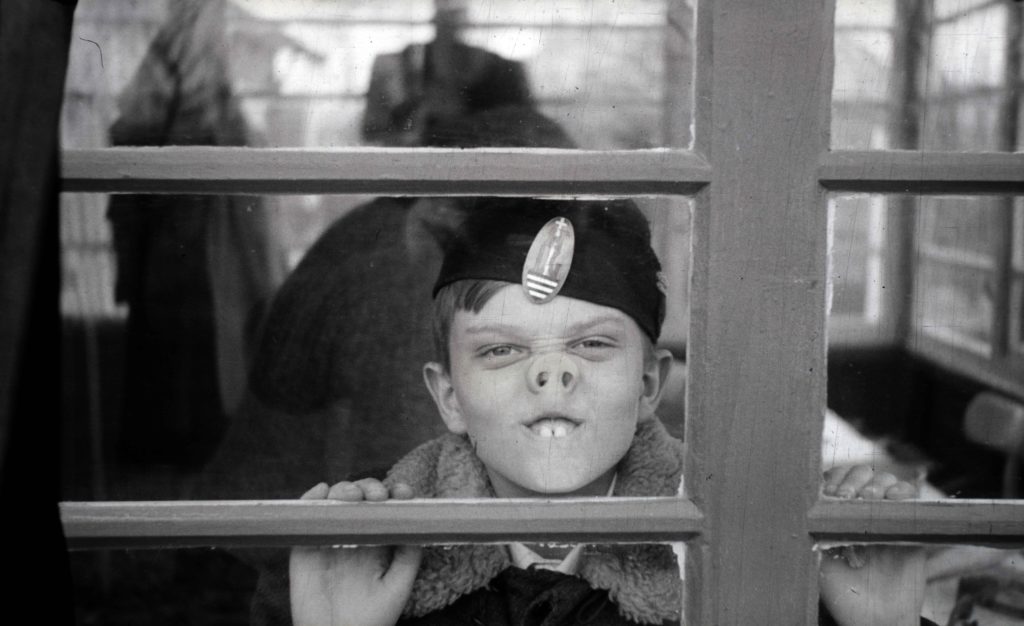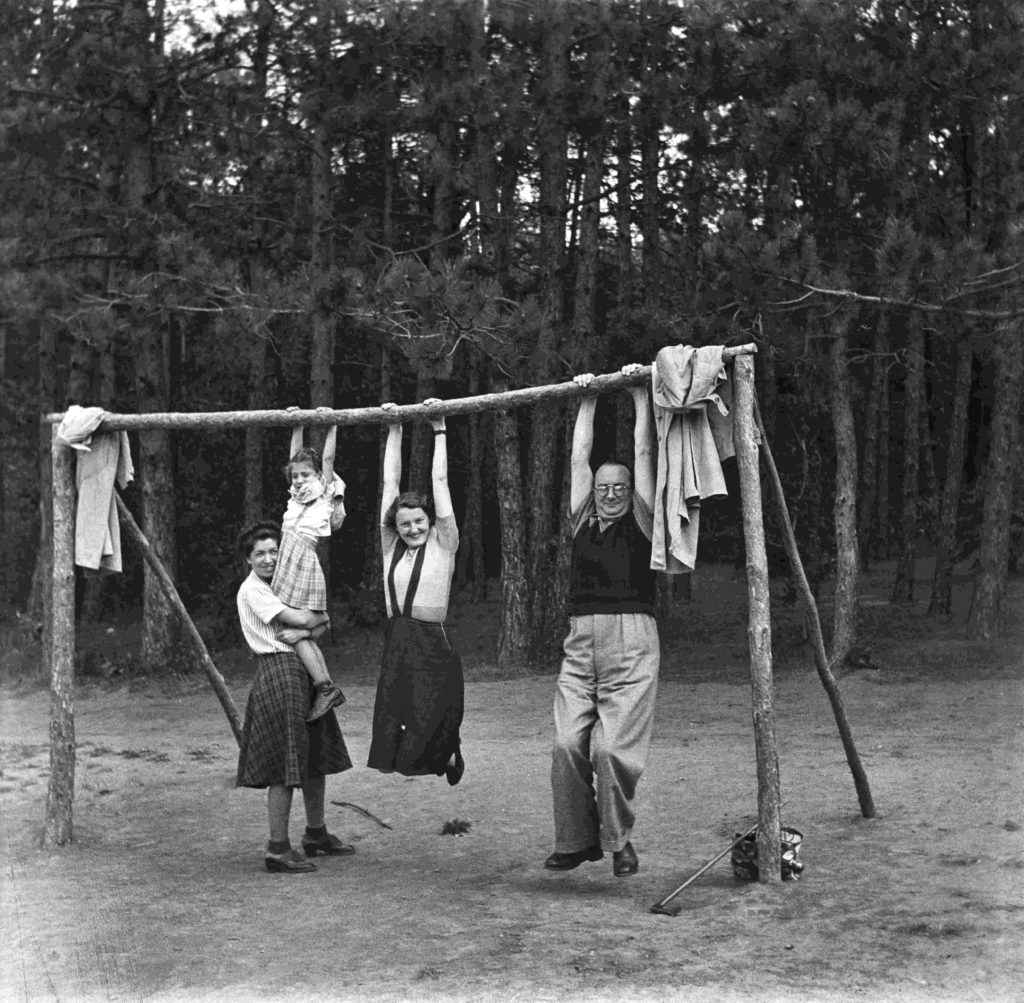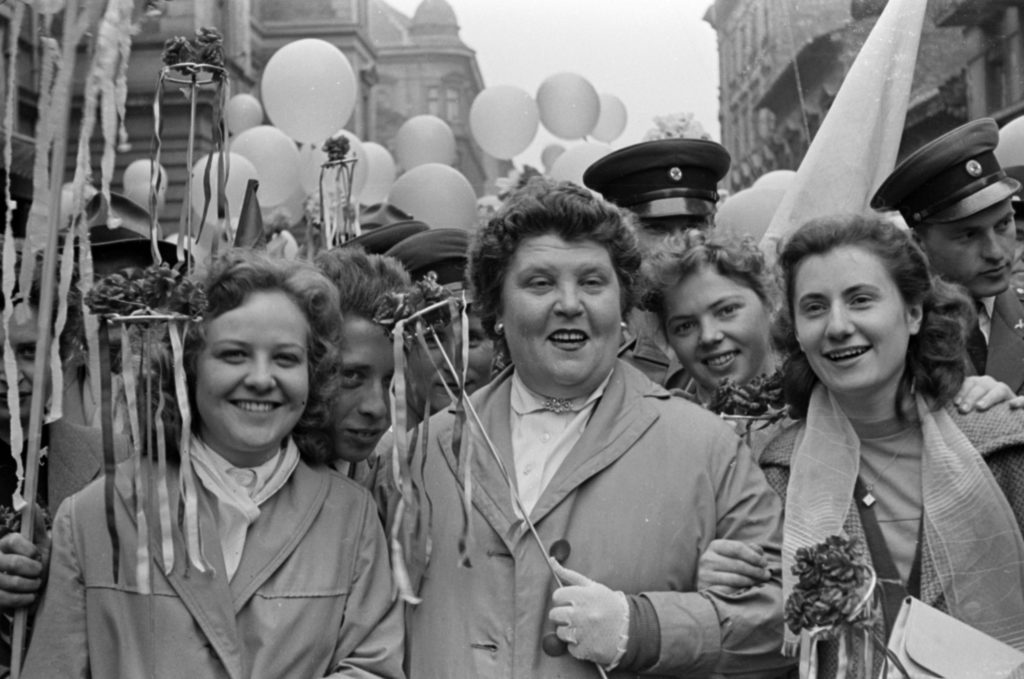We use cookies to provide you with the best possible service and a user-friendly website.
Please find our Privacy Policy on data protection and data management here
Please find more information on the cookies here
Every Past Is My Past #twentiethcentury #photography #Fortepan
Building A - 16 April 2019 - 29 September
Every Past Is My Past displays a selection of more than three hundred pictures from the popular Fortepan digital photo-archives, which is now ten years old. The photographs are closely intertwined with Hungary’s 20th-century history. The images capture the period in many ways and layers but with a focus on the perspective of ordinary people and their experiences conveyed by private photographs, which form the backbone of the collection.
Two secondary school classmates, Miklós Tamási and Ákos Szepessy, began to collect the more than 110 thousand photographs of the digital Fortepan archives back in the 1980s. After a period of regular but haphazard collecting of discarded amateur photos and negatives in flea markets and other places, they launched an online site with 5,000 digitised images in 2010. Soon after this many private individuals and public institutions joined the circle of donors, now comprising 600 hundred, thanks to whose pictures the archives are augmented every month.
The two main strengths of the Fortepan archives (Fortepan was the most popular negative film, extensively used by amateur photographers too, and manufactured at the Forte factory in Vác) are it’s being free and shared by all. It is shared because it contains our photos about our reality. It is shared because it is based on the collaboration of volunteers. Shared because anyone can help identify the locations and people in the images. It is free because it is available to all without restrictions and the images can be used freely, without the payment of copyright fees.
Each photograph in our exhibition tells a story. In some lucky cases these stories can be reconstructed but in most others the people in the pictures are no longer known, and neither are the circumstances of their making so visitors can use their imagination and invent their own stories linked to these images. The background stories available for some of the photos capture the desperation of spot-checks carried out by the central police force in the Kádár era, the interesting story of our world champion pentathlonist posing for the athletic figure on the back of the 20-forint banknote at the time, and even the salvaging of a photo archives consumed by fire. The show emphatically evokes the image of Budapest bombed into ruins during WWII, while visitors can walk down an imaginary street of the capital, which was ‘built’ with photographs spanning several decades and locations. They can get an insight into the work of the Fortepan archives’ editors, select images from a legacy, and can sample readers’ letters, some of which are truly heart-stirring.
Some 200 photographs taken before 1990 follow the stations of human life like in a big, shared family album. The protagonists of the pictures are first shown as children and young people and then as adults and finally in their old age. Another more than 150 photographs will bring sixteen distinct stories to the public, including that of the WWII fronts as seen by a war correspondent, the idyllic life of the countryside through the eyes of a photographer and painter, the barely photographed story of the Holocaust, life in Transylvania during the dictatorship of the 1980s, and the daily life of a WWI POW in Siberia. A separate story is told by the images of the ruined, wartime Budapest, and those showing the youth sports associated with home defence during the Cold War era. A larger section is formed by the stereo-photos taken in the last years of the Austro-Hungarian Monarchy, pictures about the dismantling of the Stalin statue in 1956, those documenting the rebellious youth of the 1970s and 1980s and the banned photographs taken in 1964 of commuting workers. Each of the sixteen stories, along with the images and objects that belong to them, is displayed in a separate installation.
Taking visitors on a journey through a century of our shared past, the exhibition jogs our memories and brings alive stories directly or indirectly connected to us, exactly like Zsuzsa Rakovszky describes it in her volume of poetry titled Fortepan: “every past is my past”.
The following page contains a collection of videos that give you a glimpse into the life of the digital collection of Fortepan.
Curator of the exhibition: István Virágvölgyi
Co-curator: Miklós Tamási
Curator’s assistant: Mária Madár
The show is accompanied by a richly illustrated catalogue in Hungarian and English.
We thank Szerencsejáték Zrt. for their contribution to the implementation of the exhibition.
Corporate Partner: LG Magyarország
Every Past Is My Past #twentiethcentury #photography #Fortepan
16 April 2019 - 29 September
Online ticket purchase







